Many documents are kept in the Central State Archive of Ukraine, concerning the history of Chernigov, in particular, the days of the Cossacks. Through the mediation of Kyiv historian Nataliya Bilous, the Chernihiv Historical Museum named after. VV. Tarnovsky received 2 digital copies of documents from the fund 133 "Chernihiv Cathedral Monastery". Let's start with the Extract from the city act books of the Chernihiv Town Hall from 30 January 1669 Dr.. (справа 32).
The Chernihiv government is represented by the "subdelegated" leader Vasyl Yelotskyi (probably hence the name of the tract Yalivshchyna), Grigory Demidenko, the orderly mayor, and Yenko Makarovych (probably from here Yenkiv хутір), "in the place of the fateful mayor", examined the case of the concession by Maksym Radoshkovich Leyba of the mine to the Chernihiv Vito Hryhoriy Ivanovich Yachymovych: “in eternal real and calm possession he gave and gave up his right to that mine as a servant” (I wonder why it didn't sell, and gave in?). Rudnya (Nedanchitska) was built by Leyba 1665 Dr.. by the station wagon of the military "under-treasurer" Roman Rakushka "in the Lubetsky tract" (a tract is an administrative-territorial unit under the management of the castle) "and in the position of Nedanchytskyi on the Vorzna River … halfway down the Medved Shiman mine”. In addition to the ore, Leyba mentions the Yevtukhov mill on the river. Belousi (now with. New Belous, and the mill was once called Old): “And for three years, three calmly from the village of Yevtukhovsky, living on the Belous River” (interesting, що у 1666 Dr.. the mill belonged to the same Hryhoriy Yachymovych, that is, Leyba was a tenant?). Leib asked, that the text of the case be included in the Chernihiv act books, which was done. For both sides, the town hall prepared an "extract from the books of city rights of the Maydebor Town Hall of Chernihiv" under the seal of "Government City Town Hall of Chernihiv". The first coat of arms of Chernihiv is depicted on the seal - St. Vladyslav with a flag in his hand and a sword at his side (this version of the seal was in circulation in 1667–1698.). The document was written by Yemelyan Ivanovych Yachymovych, Clerk of “Misky Town Hall Chernigov”.
The second document is a will (will) від 1 August 1670 Dr.. Chernihiv burgher Ivan Larkovych, which was compiled in his house (справа 37). Being "brave" and a good Christian ("a true Christian"), he invited 2 of witnesses from the city government "for the purpose of confirming the last will of my will". These were the Rayians (advisors) and burghers Ivan Gavrylovych and Fedir Tikhonovych. Ivan Larkovich asks that his brothers Mykhailo be buried, Oleksiy and his wife Agafia Saskovna. For this, he bequeathed to his wife and daughter Kateryna Ivanovna his yard "bordered on one side by Vasko Kotlyar and on the other side by the rear of the Spasskaya school (Spassky Cathedral is meant) to Vojtech Kobylinski, gate to the street opposite the Syroparovsky yard”. In addition, he bequeaths a cow and a calf to his wife and daughter, and to his "mother" Matrona 3 heaps of money. As is appropriate at the end of the will, curses are placed on violators of the last will: “under the oath of the saints, the father of the three hundred and eighteen who were in Nicaea in the council” and “and I ask everyone for forgiveness”. The document is signed by the above-mentioned representatives, Chernihiv burgher Artem Matvievich and Ivan Larkovych himself, and Yemelyan Ivanovych Yachymovych, who was illiterate, signed for him, "the city scribe, sworn in Chernihiv hand". Signatures are certified 3 identical round seals under paper custody on red wax. They depict a cross in a baroque shield, and under it is a horseshoe; above the shield - a stylized crown; around a shield of letters [Є] I am P. M ("Emelyan Yachymovych Pysar Misky"). Interesting later postscripts. 30 March 1671 Dr.. according to the will of the deceased, his daughter Ivanyha paid "machise" 3 cops, and Oleksiy and Fedor 10 kip. On the back of the second sheet it is indicated: "Serf to the yard of the late father Gavriil Bublyk to the cathedral legionnaire standing behind the altar of the Holy Savior in Chernihiv. For which fifteen rubles were given 1670 s katedri august d. 1”.
So, according to the documents, Chernihiv was controlled by the, burgomasters, Raitsi, son, who were chosen from the townspeople. There are no references to the names of city streets. In those days, they focused more on estates. This material is important for archaeologists. Of course, that during the excavations near Spas, the remains of the houses of the 17th century were discovered. we are dealing with Bublyk's yards, Larkovych, Boilermaker, Syrups, Kobylynskyi. Interesting memories about school, possession of the town hall (х. Yenkiv, Eutukhiv mill) and churches. The documents testify, that at that time a significant part of the city power was concentrated in the hands of the Jachymovych family. This family came from the nobility of the Novogrod Voivodeship, which later connected its fate with Ukraine, in particular, Kyiv region and Chernihiv region. Among them we meet military comrades, regimental carriages, regimental scribes, colonels. It is believed that they belonged to the "Leliva" coat of arms (by the way, as well as Tarnovsky), however, on the scribe's seals we see the emblems of the "Hawk" coat of arms. An attentive reader will be able to extract a lot of other interesting information from the annotated documents (what was the spelling, in which language documents were written and spoken, what was the national composition of the city, about the status of residents, city and state heraldry, names and surnames of Chernihiv residents, real estate value, monetary units, who and when occupied the government, etc), making a kind of time travel.
Старший науковий співробітник музею,
кандидат історичних наук Ігор Ситий
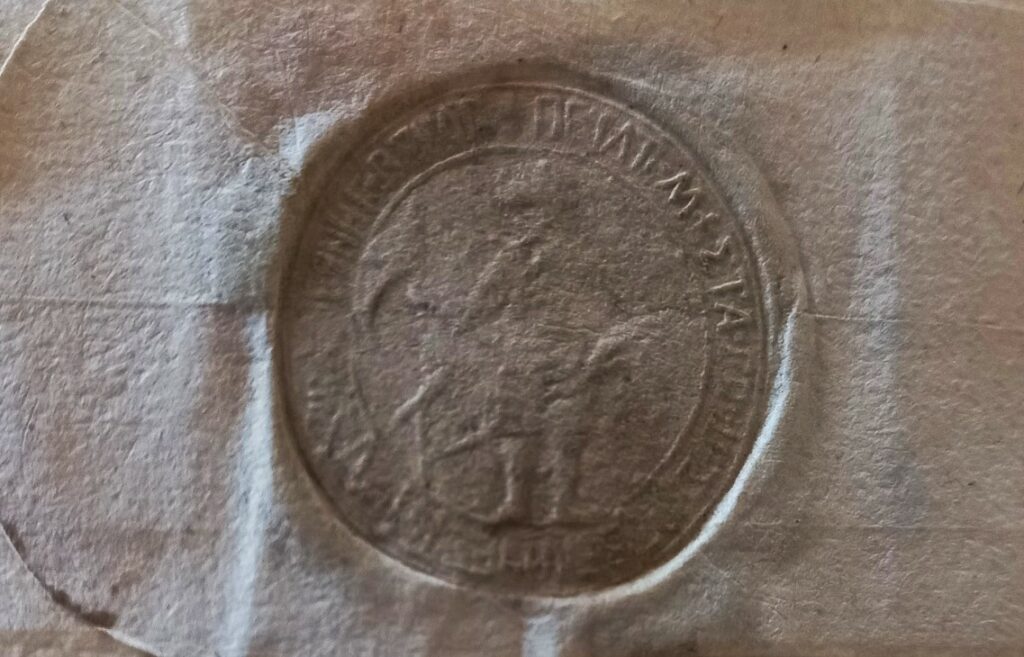
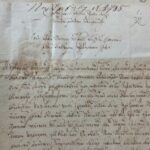

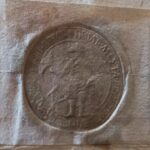

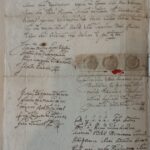
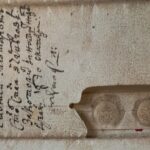
More Stories
Commemoration of the liquidators of the consequences of the accident at the Chernobyl nuclear power plant
Needed, perhaps, God's gift to create beautiful things from clay
Exhibition “In memory of cultural workers...”